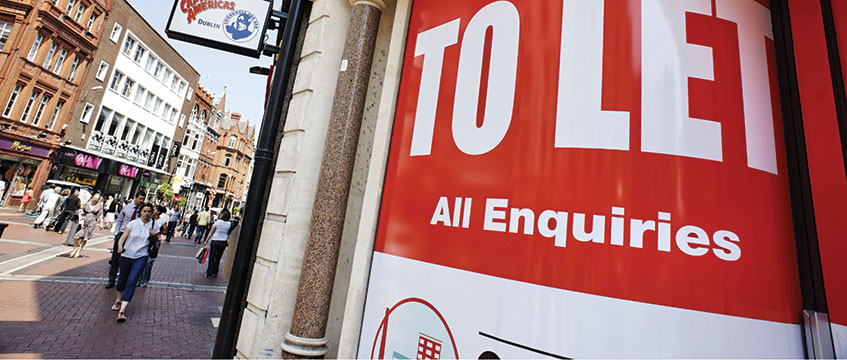At home on the high street: The rise of retail-to-resi
As shops continue to disappear from the high street, swathes of property are being freed up for new residential premises. In fact, the number of applications for change of use from stores to homes has doubled over the past five years, according to the latest research from Radius Data Exchange.
The figures show that, in 2019, 27.7% of all change of use applications to residential C3 were away from high street retail space, rocketing from 13.9% back in 2014.
As shops continue to disappear from the high street, swathes of property are being freed up for new residential premises. In fact, the number of applications for change of use from stores to homes has doubled over the past five years, according to the latest research from Radius Data Exchange.
The figures show that, in 2019, 27.7% of all change of use applications to residential C3 were away from high street retail space, rocketing from 13.9% back in 2014.
Administrations and CVAs continue to blight the high street. With the future of our town centres under the microscope, and stores no longer being the central reason that consumers visit central destinations, conversions away from retail are becoming more popular.
Residential developers are also locking horns with those invested in industrial and logistics space, as available plots in or around large conurbations become increasingly scarce; that’s without factoring in opposition from overbearing “NIMBYs”. But there are signs that repurposed retail is helping to ease that lack of supply.
Conversely, there is also a trend for the reversal of residential into new retail space, typically for the creation of ground-floor businesses within ex-residential properties – signposting the wider shift in appetite for mixed-use resi developments.
The data shows that conversions to retail A1 uses from residential C3 have surged to 35.6% this year, compared with just 8% in 2014. This compares with industrial-to-retail, which dropped from 44.7% to 21% during the same five-year period, and changes of use from offices, which fell from 38% in 2014 to 33% this year.
But on the whole, it is broadly accepted that there is still too much retail space in the UK. With occupiers consolidating their physical portfolios during tricky trading conditions, applications for new retail (A1) space have plummeted by 65%, in terms of total size, from 4.1m sq ft to 1.5m sq ft in the two years ending December 2018, with overall sizes for H1 2019 tallying just north of 800,000 sq ft.
Popular in the capital
Further analysis shows that this trend for repurposing is magnified in London. More than a third of all shopping centres in the capital have plans for new homes, combining to create an anticipated 13,000 homes to ease the pressure on the housing crisis.
Many of the big retail REITs are now looking at repositioning their retail destinations, by supplementing schemes with additional housing elements while reducing the retail offer.
To give some examples, landlord intu has announced plans to incorporate 5,000 residential units into its UK shopping centres, while Unibail-Radmaco-Westfield is looking to develop 1,000 rental homes at its Westfield Stratford City scheme.
As big-box retail warehousing also shows signs of suffering, a growing number of retail parks are also coming into focus as destinations for new homes. The figures show that, if eight sites proceed with redevelopment, 7,500 units could potentially be added to London’s resi pipeline.
Going down the wrong path?
However, repurposing old stores into new homes is not necessarily the silver bullet for urban renewal. In fact, some believe that dwellings should be kept off the high street entirely.
Among these, the Housing, Communities and Local Government committee called for “curtailed” development rights in high streets and town centres in its report in February, specifically when turning shops into new homes.
At the time, HCLG outlined concerns that permitted development rights “risk undermining the strategic vision that a community has developed for its high street or town centre”.
Despite the increasing scarcity of land – and conflict with other property sectors – the number of new residential units coming through the planning system remains strong.
As the great retail consolidation continues, we can expect higher levels of activity recalibration on high streets and in town centres across the UK. The voices in opposition to PD rights will get louder, as requirements for minimum standards continue to come under scrutiny.
Regardless, the continued evolution of real estate will create opportunities, as well as laser in on inadequacies, in current conversion methods.
To send feedback, e-mail james.child@egi.co.uk or tweet @JamesChildEG or @estatesgazette
Photo: Kevin Foy/Shutterstock











